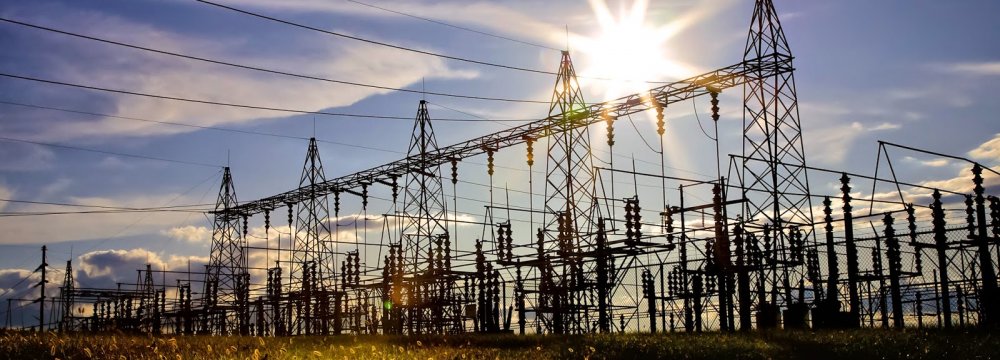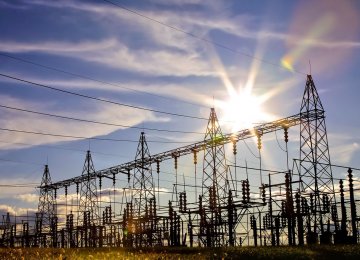The Energy Ministry says it is ready to withstand a higher electricity load and avoid outages as power demand nationwide soars during the hot summer season.
Electricity demand is forecast to hit 56,000 megawatts this summer, up from a record-high of 52,790 MW last year, according to ISNA, citing a report by the Energy Ministry.
Plans call for allocating 3 trillion rials (around $78 million) to renovate and expand power transmission lines and substations, according to Gholamreza Khoshkholgh, managing director of Tehran Regional Electricity Company. The official said the measure will help curb energy waste across the national grid.
The ministry says it offers incentives to industrial units that cut their power consumption during the peak hours.
Companies that meet part of their electricity demand via diesel generators (which operate without connection to the national grid) will get a discount on regular power prices as well as a 40% discount on feedstock for diesel generators.
According to the report, between 2006 and 2010, the national grid experienced the highest power load at night time, but peak demand has shifted to summer daylight in the past few years.
Growing power demand in industrial and residential sectors is a contributing factor, but consumption reaches record levels in summer as people in many water-stressed regions turn on their electric cooling systems to alleviate the withering heat.
Persistent drought, low rainfall and dwindling water resources has prompted many people to replace traditional cooling systems with air conditioners that consume less water and considerably more electricity.
Officials and experts also blame cheap electricity prices for the unfettered rise in consumption.
“Electricity prices in Iran are the cheapest in the region. People are indifferent to the way they use electricity," says Hamid Chitchian, the energy minister.
Based on the sixth economic, social and cultural development plan (2017-22), Iran should raise installed electricity generation by at least 5,000 MW annually through 2021 to meet its rising domestic demand.
Installed capacity is currently around 75,000 MW. Around 61,000 MW is produced from thermal plants, 12,000 MW from hydroelectric plants and 1,000 MW from nuclear power. Barely a few hundred megawatts is produced from renewables.











Add new comment
Read our comment policy before posting your viewpoints